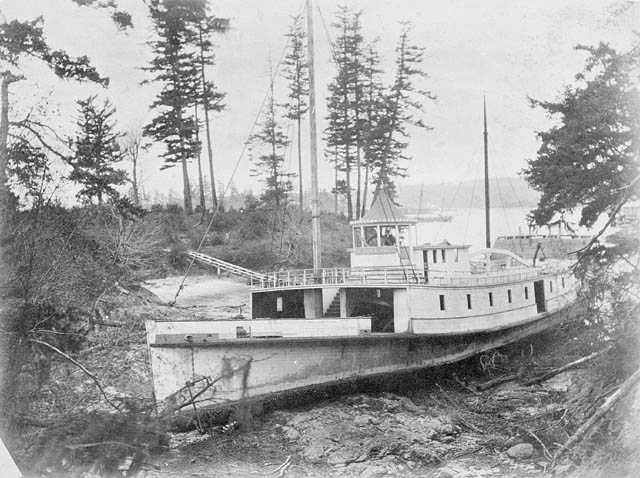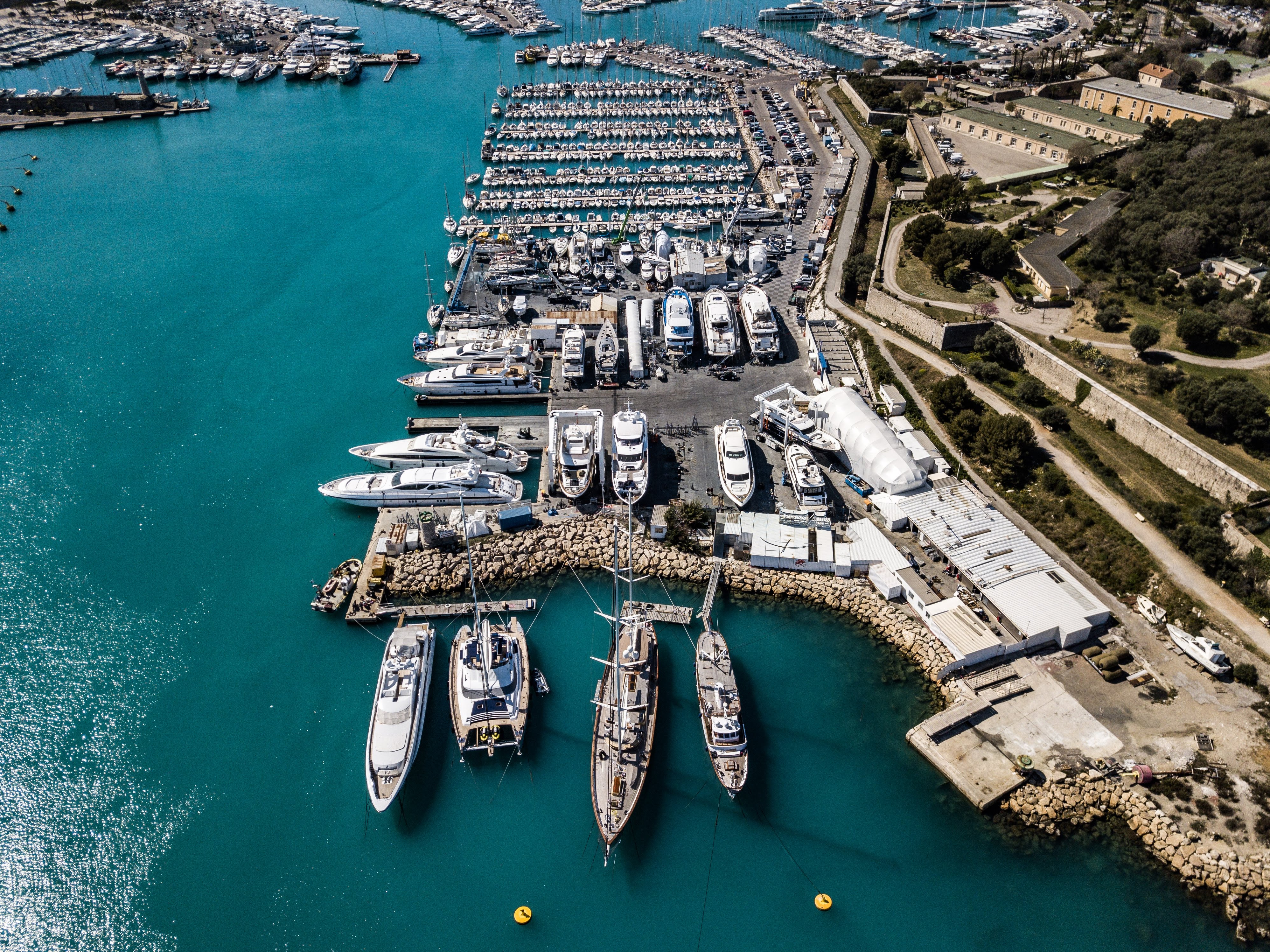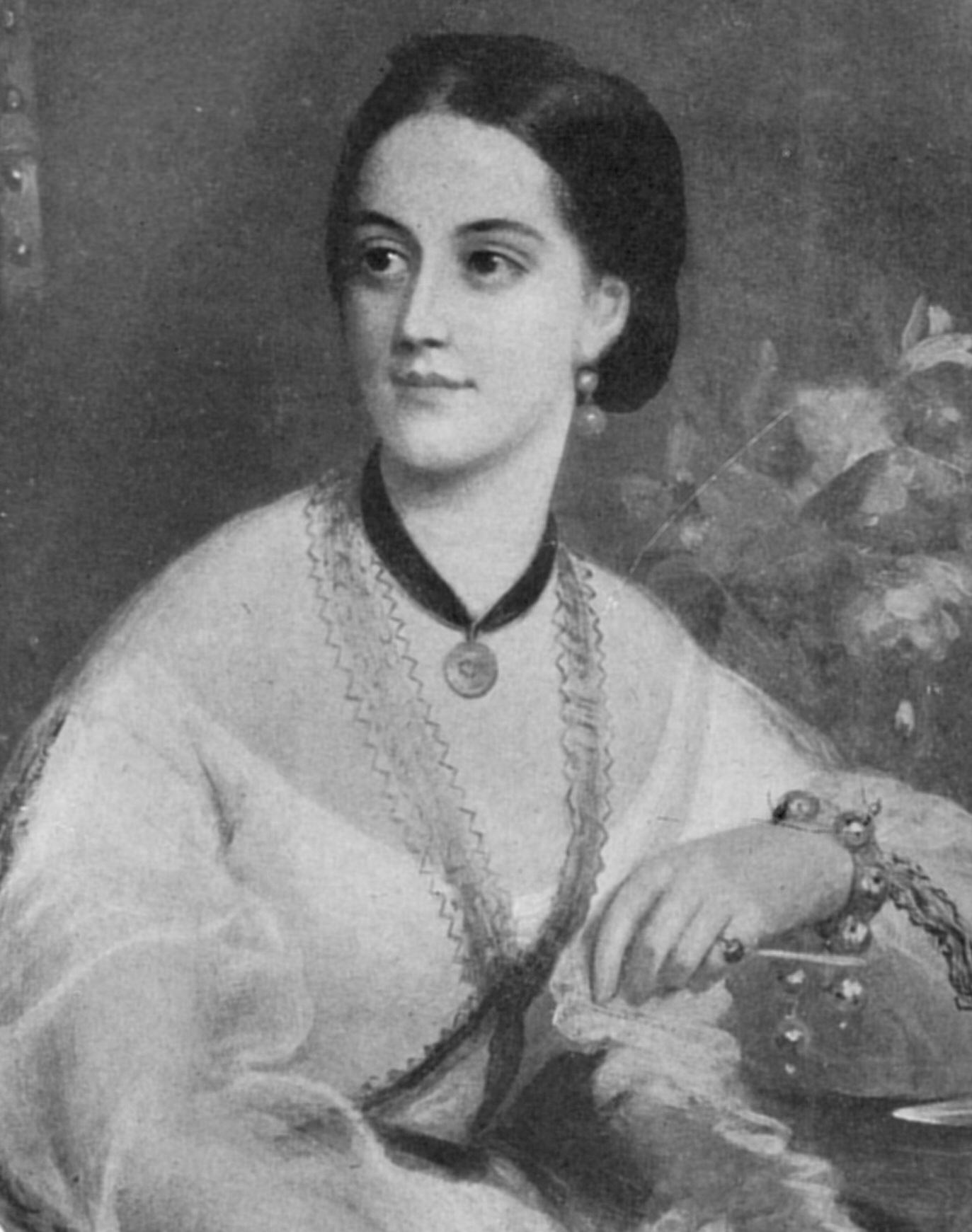|
Alfred Yarrow
Sir Alfred Fernandez Yarrow, 1st Baronet, (13 January 1842 – 24 January 1932) was a British shipbuilder who started a shipbuilding dynasty, Yarrow Shipbuilders. Origins Yarrow was born of humble origins in East London, the son of Esther (Lindo) and Edgar William Yarrow. His mother was of Spanish Sephardic Jewish background and his father was from an English Christian family; Yarrow was raised a Christian. He was educated at University College School. Shipbuilding After serving an apprenticeship in nearby Stepney, he opened a yard – Yarrow and Hedley (a partnership) – at Folly Wall, Poplar on the Isle of Dogs in 1865 to build steam river launches. Yarrow's stern wheel steamers, designed with a shallow draft suitable for river navigation, were used in the early stages of the 1884 Nile Expedition. Yarrow ventured into military vessels from the early 1870s, building torpedo boats for the Argentine and Japanese navies, among other customers. Then in 1892 he built the ... [...More Info...] [...Related Items...] OR: [Wikipedia] [Google] [Baidu] |
Baronet
A baronet ( or ; abbreviated Bart or Bt) or the female equivalent, a baronetess (, , or ; abbreviation Btss), is the holder of a baronetcy, a hereditary title awarded by the British Crown. The title of baronet is mentioned as early as the 14th century; however, in its current usage it was created by James VI and I, James I of England in 1611 as a means of raising funds for the crown. Baronets rank below barons, but seemingly above all grand cross, knights grand cross, knight commander, knights commander and knight bachelor, knights bachelor of the British order of chivalry, chivalric orders, that are in turn below in chivalric United Kingdom order of precedence, precedence than the most senior British chivalric orders of the order of the Garter, Garter and the order of the Thistle, Thistle. Like all British knights, baronets are addressed as "Sir" and baronetesses as "Dame". They are conventionally seen to belong to the lesser nobility, although William Thoms in 1844 wrote tha ... [...More Info...] [...Related Items...] OR: [Wikipedia] [Google] [Baidu] |
Argentine Navy
The Argentine Navy (ARA; ). This forms the basis for the navy's ship prefix "ARA". is the navy of Argentina. It is one of the three branches of the Armed Forces of the Argentine Republic, together with the Argentine Army, Army and the Argentine Air Force, Air Force. The Navy Day#Argentina, Argentine Navy day is celebrated on May 17, anniversary of the victory in 1814 at the action of 14 May 1814, Battle of Montevideo over the Spanish fleet during the Argentine War of Independence, war of Independence. History 1810–1909 The Argentine Navy was created in the aftermath of the May Revolution of May 25, 1810, which started the Argentine War of Independence, war for independence from Spanish Empire, Spain. The navy was first created to support Manuel Belgrano in the Paraguay campaign, but those ships were sunk by ships from Montevideo, and did not take part in that conflict. Renewed conflicts with Montevideo led to the creation of a second fleet, which participated in the capture ... [...More Info...] [...Related Items...] OR: [Wikipedia] [Google] [Baidu] |
Esquimalt, British Columbia
The Township of Esquimalt () is a municipality at the southern tip of Vancouver Island, in British Columbia, Canada. It is bordered to the east by the provincial capital, Victoria, British Columbia, Victoria, to the south by the Strait of Juan de Fuca, to the west by Esquimalt Harbour and Royal Roads, to the northwest by the New Songhees 1A Indian reserve and the town of View Royal, and to the north by a narrow inlet of water called the Gorge, across which is the district municipality of Saanich, British Columbia, Saanich. It is almost tangential to Esquimalt 1 Indian Reserve near Admirals Road. It is one of the 13 municipalities of Greater Victoria, British Columbia, Greater Victoria and part of the Capital Regional District. Esquimalt had a population of 17,533 in 2021. It covers . It is CFB Esquimalt, home to the Pacific fleet of the Royal Canadian Navy. History The region now known as Esquimalt was settled by First Nations in Canada, First Nations people approximately 400 ... [...More Info...] [...Related Items...] OR: [Wikipedia] [Google] [Baidu] |
Scotland
Scotland is a Countries of the United Kingdom, country that is part of the United Kingdom. It contains nearly one-third of the United Kingdom's land area, consisting of the northern part of the island of Great Britain and more than 790 adjacent Islands of Scotland, islands, principally in the archipelagos of the Hebrides and the Northern Isles. To the south-east, Scotland has its Anglo-Scottish border, only land border, which is long and shared with England; the country is surrounded by the Atlantic Ocean to the north and west, the North Sea to the north-east and east, and the Irish Sea to the south. The population in 2022 was 5,439,842. Edinburgh is the capital and Glasgow is the most populous of the cities of Scotland. The Kingdom of Scotland emerged as an independent sovereign state in the 9th century. In 1603, James VI succeeded to the thrones of Kingdom of England, England and Kingdom of Ireland, Ireland, forming a personal union of the Union of the Crowns, three kingdo ... [...More Info...] [...Related Items...] OR: [Wikipedia] [Google] [Baidu] |
River Clyde
The River Clyde (, ) is a river that flows into the Firth of Clyde, in the west of Scotland. It is the eighth-longest river in the United Kingdom, and the second longest in Scotland after the River Tay. It runs through the city of Glasgow. The River Clyde estuary has an upper tidal limit located at the tidal weir next to Glasgow Green#Tidal Weir, Glasgow Green. Historically, it was important to the British Empire because of its role in shipbuilding and trade. To the Roman Britain, Romans, it was , and in the early medieval Cumbric language, it was known as or . It was central to the Kingdom of Strathclyde (). Etymology The exact etymology of the river's name is unclear, though it is known that the name is ancient. In 50AD, the Egyptian mathematician, astronomer and geographer Ptolemy, Claudius Ptolemy wrote of the river as "Klōta", It was called or by the Celtic Britons, Britons and by the Romans. It is therefore likely that the name comes from a Celtic language—mos ... [...More Info...] [...Related Items...] OR: [Wikipedia] [Google] [Baidu] |
Scotstoun
Scotstoun () is an area of Glasgow, Scotland, west of Glasgow City Centre. It is bounded by Garscadden and Yoker to the west, Victoria Park, Jordanhill and Whiteinch to the east, Jordanhill to the north and the River Clyde (and Braehead beyond) to the south. At the heart of Scotstoun lies Scotstounhill, an enclave of late Victorian and post-war housing centred on Scotstounhill railway station. Scotstoun (along with the Govan shipyard) is home to BAE Systems Surface Ships (formerly Yarrow Shipbuilders), and to the Glasgow Warriors rugby team. History Scotstoun was until the early 1860s the site of the Oswald family estate, which was centred on Scotstoun House. By 1861 the westward expansion of the Clyde shipbuilding yards had reached Scotstoun with the opening of the Charles Connell and Company shipyard in 1861 and the new Yarrow Shipbuilders yard in 1906. This led to the break-up of the estate, as portions were sold off for housing, to create Victoria Park and fo ... [...More Info...] [...Related Items...] OR: [Wikipedia] [Google] [Baidu] |
London Yard
London Yard was a shipyard in Cubitt Town, London, in use between around 1856 and 1908 by various shipbuilding companies, including Westwood, Baillie and Yarrow Shipbuilders. Location The site is on the north bank of the Thames immediately to the south of the Samuda Estate in Cubitt Town on the Isle of Dogs, and lies between the river and Manchester Road. It occupies around , with around of river frontage. History The site, immediately upstream of the yard of Samuda Brothers, was acquired in 1856 by Robert Baillie and Joseph Westwood. Westwood and Baillie built a number of ships at the yard including HMS ''Resistance'', but subsequently concentrated mainly on the manufacture of iron and steel bridges. Westwood and Ballie went out of business in 1893. The yard was taken over in 1898 by Yarrows, who had outgrown their original yard to the north at Folly Wall. Yarrows built many torpedo boat destroyers at the yard. As shipbuilding in London declined, Yarrows subsequently tr ... [...More Info...] [...Related Items...] OR: [Wikipedia] [Google] [Baidu] |
Shipyard
A shipyard, also called a dockyard or boatyard, is a place where ships are shipbuilding, built and repaired. These can be yachts, military vessels, cruise liners or other cargo or passenger ships. Compared to shipyards, which are sometimes more involved with original construction, dockyards are sometimes more linked with maintenance and basing activities. The terms are routinely used interchangeably, in part because the Shipyard#History, evolution of dockyards and shipyards has often caused them to change or merge roles. Countries with large shipbuilding industries include Australia, Brazil, China, Croatia, Denmark, Finland, France, Germany, India, Republic of Ireland, Ireland, Italy, Japan, the Netherlands, Norway, the Philippines, Poland, Romania, Russia, Singapore, South Korea, Sweden, Taiwan, Turkey, the United Arab Emirates, Ukraine, the United Kingdom, the United States and Vietnam. The shipbuilding industry is more fragmented in Economy of Europe, Europe than in Econom ... [...More Info...] [...Related Items...] OR: [Wikipedia] [Google] [Baidu] |
John Fisher, 1st Baron Fisher
Admiral of the Fleet (Royal Navy), Admiral of the Fleet John Arbuthnot Fisher, 1st Baron Fisher, (25 January 1841 – 10 July 1920), commonly known as Jacky or Jackie Fisher, was a British Admiral of the Fleet. His efforts to reform the Royal Navy helped to usher in an era of modernisation which saw the supersession of wooden sailing ships armed with muzzleloader, muzzle-loading cannon by steel-hulled battlecruisers, submarines and the first aircraft carriers. Fisher has a reputation as an innovator, strategist and developer of the navy rather than as a seagoing admiral involved in major battles, although in his career he experienced all these things. When appointed First Sea Lord in 1904 he removed from active service 150 ships which were no longer useful and set about constructing modern replacements, developing a modern fleet prepared to meet German Empire, Germany during the First World War. Fisher saw the need to improve the range, accuracy and rate-of-fire of naval gunne ... [...More Info...] [...Related Items...] OR: [Wikipedia] [Google] [Baidu] |
Havock Class Destroyer
The ''Havock'' class was a class of torpedo boat destroyer (TBD) of the British Royal Navy. The two ships, and , built in London in 1893 by Yarrow & Company, were the first TBDs to be completed for the Royal Navy, although the equivalent pair from J.I. Thornycroft, and , were ordered five days earlier. Background The invention of the self-propelled torpedo by Robert Whitehead and Austrian Navy Captain Giovanni Luppis in 1866, combined with the introduction of small fast torpedo boats, posed a threat to battleships: large numbers of torpedo boats could overwhelm a battleship's defences and sink it, or distract the battleship and make it vulnerable to opposing capital ships. Torpedo boats proved devastatingly effective in the 1891 Chilean Civil War. The defence against torpedo boats was clear: small warships accompanying the fleet which could screen and protect it from attack by torpedo boats. Several European navies developed vessels variously known as torpedo boat "catc ... [...More Info...] [...Related Items...] OR: [Wikipedia] [Google] [Baidu] |
HMS Hornet (1893)
HMS ''Hornet'' was a torpedo boat destroyer of the British Royal Navy. She was launched in 1893 and sold in 1909 for scrapping. Although the torpedo boat destroyers were ordered first, ''Havock'' and ''Hornet'' were completed faster, making them the first destroyers ever built. Design and construction In April 1892, the British Admiralty sent out a request to several shipbuilders for designs and tenders for "large sea going torpedo boats", or what later became known as "torpedo boat destroyers". In July 1892, it was decided to place an order with the two specialised torpedo-boat builders, Yarrows and Thornycroft for two ships each, with Yarrows' two ships named and ''Hornet''. While both Yarrow ships were powered by triple-expansion steam engines driving two shafts, they differed in the boilers used, with ''Havock'' using 2 conventional locomotive-type fire-tube boilers while ''Hornet'' used 8 Yarrow water tube boilers. (This resulted in ''Havock'' having 2 funnels while '' ... [...More Info...] [...Related Items...] OR: [Wikipedia] [Google] [Baidu] |
HMS Havock (1893)
HMS ''Havock'' was a torpedo boat destroyer of the British Royal Navy built by the Yarrow shipyard. She was one of the first destroyers ordered by the Royal Navy, and the first to be delivered. Design and construction ''Havock'' had a full load displacement of 275 tons and a speed of . She differed from her sister ship in having 2 locomotive boilers placed end-to-end, while ''Hornet'' had 8 water tube boilers. This resulted in an obvious external difference, since ''Hornet'' had 4 funnels (with the centre pair close together) while ''Havock'' had 2 closely spaced funnels. She was launched on 12 August 1893. Armament ''Havock'' was armed with a single 12-pounder gun mounted on a pedestal at the conning position, an exposed location that was extremely wet in even moderately rough weather. Three 6 pounder QF guns were mounted, with two either side of, and slightly abaft of, the conning position, and the third placed near the stern just aft of the torpedo tubes. Three 18-i ... [...More Info...] [...Related Items...] OR: [Wikipedia] [Google] [Baidu] |






